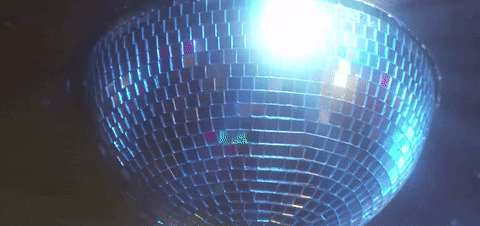

Rachel is a multi disciplinary artist
Rachel puts questions to the environments she encounters (mainly spaces in London but sometimes in the North East of England when train fares are low) and creates narratives that exist in the form of performance, intervention, text and writing.
Rachel is interested in the power play between written language, voice, tone and body gesture. They operate together and move into a natural hierarchy, like a separate living being evolving and shapeshifting as one pushes the other out of focus.
Her work develops often into stage directions, instructions, absurdist script writing and captioning. She is interested in speech acts and starter pack sentences; apologies; greetings cards; compliments; functions of language; the point where language dismantles itself and bites. She enjoys watching and pandering to the rules of theatre.
----------------------------------------------------------------------------------------------------------------
Rachel is Programme Coordinator at hARTslane Gallery, and co-founder of GRAVEL (2022-23), an ongoing series of performance events. She is co-founder of HA! (2024), an alternative Fine Art MA Programme. She has performed in abandoned buildings, converted churches, roof tops, nightclubs and court rooms.
Rachel is co-founder of Conch Collective, a group of eight artists who experiment with live performance